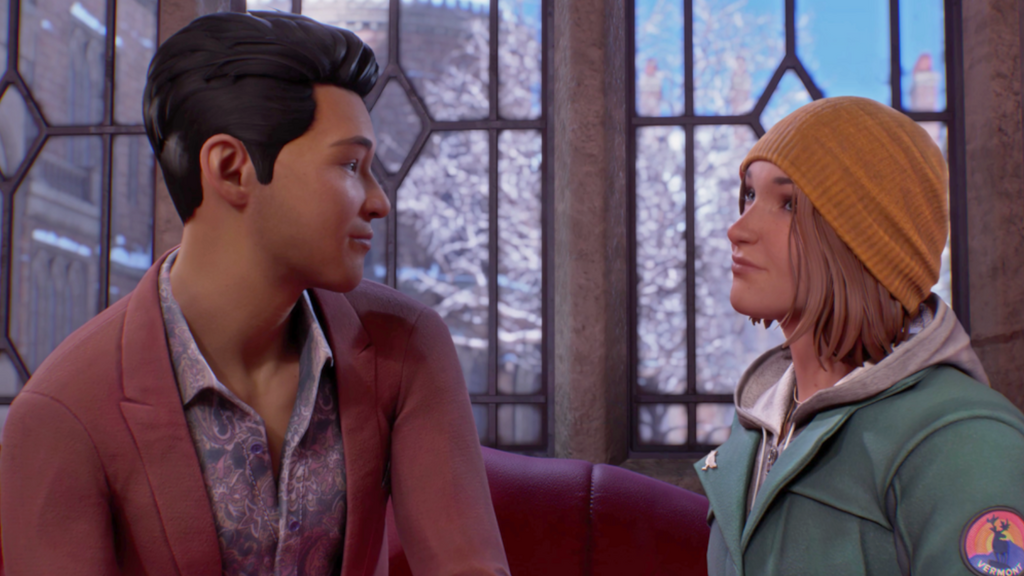As a fan of Life is Strange since its inception, I was eager to see what Deck Nine and Square Enix had in store with their latest entry, Life is Strange: Double Exposure. Overall, I was impressed by the narrative, which skillfully handles existing characters' delicate stories while introducing new ones, making it a strong installment in the franchise. Life is Strange is renowned for its sensitive approach to heavy topics and emphasis on diversity, a commitment that this game upholds admirably.
Double Exposure brings back Max Caulfield, the time-warping student photographer from the original game, as she meets new characters and delves into a murder mystery. Among the cast are the aspirational poet Safi and astrophysics student Moses, both of whom have their own narratives that intertwine with Max's. Safi and Moses are vibrant and lovable characters, and as the game balances heavy crises with meaningful, solemn moments, you'll come to appreciate both sides of their personalities by the end of the second chapter.

While the game primarily centers on Max, the protagonist of the original Life is Strange, players don't need to have played that game to fully appreciate this installment—though familiarity with it certainly enhances the emotional depth. Similar to the original, players will encounter various puzzles, such as deciphering phone codes and figuring out how to interact with characters to achieve specific goals, all while navigating through different timelines. These puzzles are generally straightforward, providing valuable insights into the story's secrets and requiring the use of Max's powers.
However, instead of merely shifting through time as in the original, Max now navigates between the Living and Dead timelines as she investigates the murder of her friend, Safi. This narrative mirrors Max’s quest to uncover the truth about Rachel Amber in the first game, but her new abilities and fresh characters significantly refresh the experience. Rather than simply rehashing the original's story, Double Exposure bravely introduces numerous twists and places Max in a new environment, keeping even the most familiar players on their toes.
Additionally, we see a more mature Max grappling with adult issues, which will resonate deeply with young adults who have grown up alongside the series.

Life is Strange navigates Max's story quite effectively, but one aspect that slightly hindered my enjoyment was the dialogue. At times, Max approaches heavy situations with a nonchalant attitude, suggesting a lack of awareness about the gravity of her circumstances—even after the destructive events of the first game.
While some of Max’s quips are charming and reflect the developers’ understanding of her quirky yet introverted personality, a few lines feel out of place. Fans of the original will recognize Max's tendency to crack jokes during crises, but it would be refreshing to see that trait maintained alongside more mature, introspective quotes. Though Max’s actions in Double Exposure indicate growth since the events of Life is Strange, this character development would feel more authentic if it were more consistently portrayed.

Overall, Life is Strange: Double Exposure is a worthy addition to the franchise, expanding on Max Caulfield’s riveting and time-bending journey while introducing equally intriguing and lovable characters. Her exploration of the Living and Dead timelines to unravel Safi's mystery offers a fresh perspective on the series’ familiar themes of friendship, loss, and self-discovery.
Despite occasional awkward dialogue, the character dynamics remain engaging—particularly as Max reconnects with her past and forges new relationships with Safi and Moses. The trio's intertwined stories and evolving friendships enrich the narrative, enhancing the overall experience. Double Exposure will not only appeal to long-time fans eager to see more of the Max they've come to love but also attract newcomers seeking a captivating and cohesive narrative.

 No ads, our video library,
No ads, our video library,


